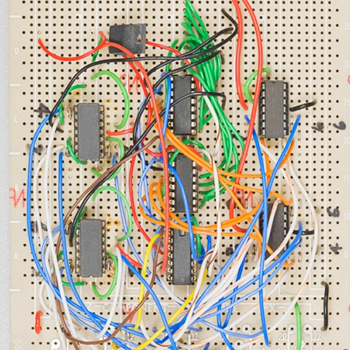Suppose #a# to be a positive value except for #1#.
If #a# is larger than #1#, the following is true.
i) If #1 < a#, #a^x < a^y# if and only if #x < y#.
However, if #a# is smaller than 1, the magnitude reverces.
ii) If #0 < a < 1#, #a^x < a^y# if and only if #x > y#.
Therefore, you must solve the inequation as follows:
#1)# When #x# satisfies #0<(x^2-x+1) < 1#
You have already solved #0<(x^2-x+1) < 1# and got #0< x<1#.
This time,
#(x^2-x+1)^-1 ≦ (x^2-x+1)^x # ⇔ #-1 ≧ x#
The common part of #0< x < 1# and #-1 ≧ x# is null.
#2)# When #x# satisfies #(x^2-x+1)=1 #, #x=0,1#.
Since #1^n# is always 1, this satisfies the inequation.
#3)# When #x# satisfies #1<(x^2-x+1) #, the range of #x# is
#x< 0# or #1< x#.
At that time,
#(x^2-x+1)^-1 ≦ (x^2-x+1)^x # ⇔ #-1 ≦ x#
and the common part of (#x< 0 # or #1< x#) and #-1 < x#
is #-1≦ x < 0# or #1< x#.
Now you got to the answer #-1≦ x ≦ 0# or #1≦ x#.
The answer was checked at http://www.wolframalpha.com

